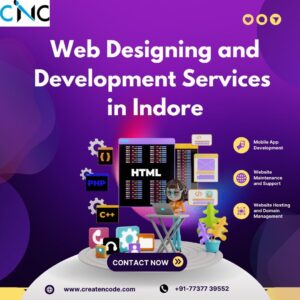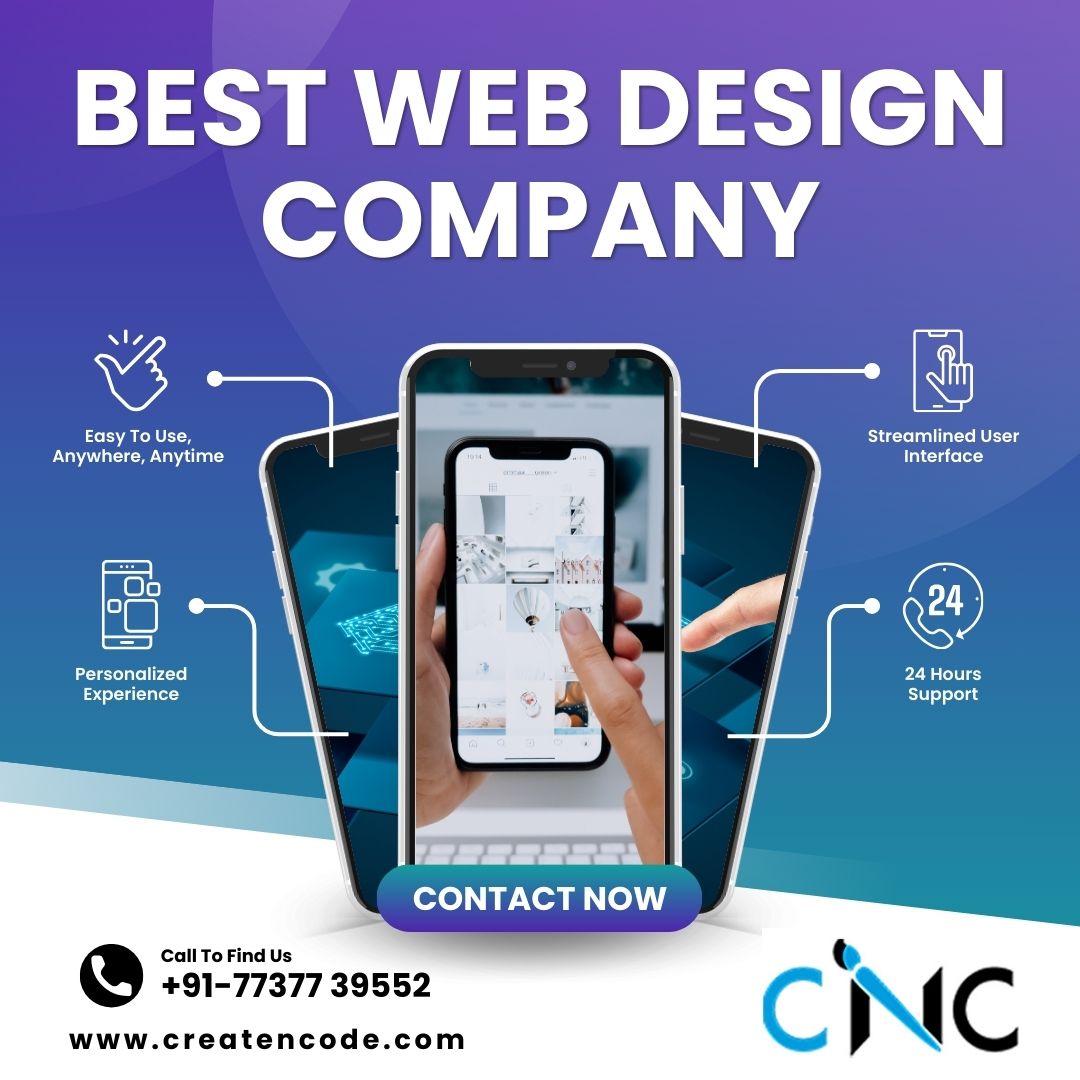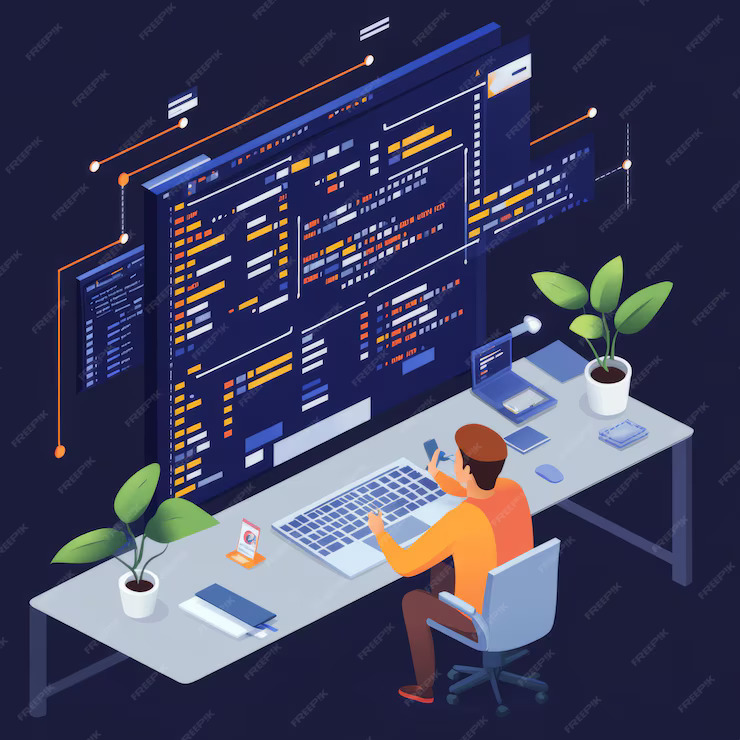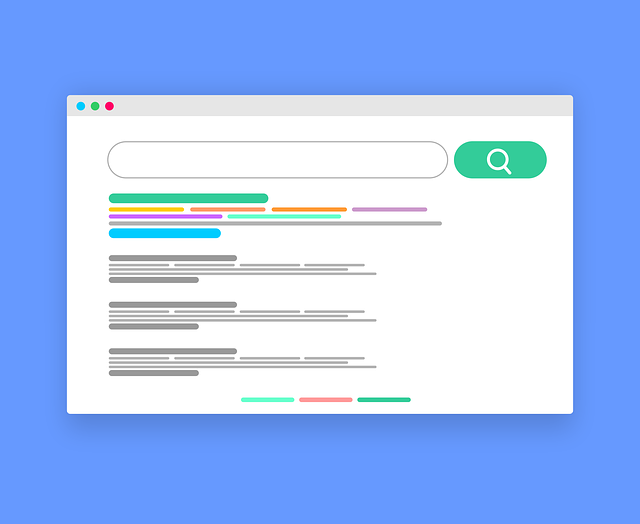Businesses are putting more of an emphasis on developing e-commerce websites that provide a smooth and pleasurable purchasing experience as online shopping continues to gain popularity. Making sure your ecommerce web development project has the functionality it needs to succeed is crucial, regardless of how old your company is.
Personalized product suggestions: Show products according to the customer's preferences, past browsing activity, and purchasing patterns.
Targeted sales and incentives: Utilize the customer's browsing and purchase history to tailor discounts, coupons, and promotions.
Recover abandoned carts: Targeted emails or alerts should be sent to customers who have left their carts empty, urging them to finish their purchase.

Targeted Traffic: Search engine optimization (SEO) draws users who are actively looking for particular products. E-commerce websites can increase the chance of conversions by driving highly targeted traffic by optimizing for relevant keywords.
Cost Effective Marketing: SEO is a longer-term, more sustainable approach than sponsored advertising. Even if there is a one-time cost in terms of time and resources, the continuous advantages of organic traffic can result in a higher return on investment (ROI).
Developing Trust and Credibility: A brand's credibility can be improved by having a high search engine rating. People often associate higher rankings with quality and dependability, and they are more likely to trust websites that show up on the first page of search results.
Enhanced User Experience: Search Engine Optimization (SEO) includes a number of factors of website optimization, such as navigation, mobile friendliness, and site speed. In addition to ranking higher, a well-optimized website offers a better user experience, which raises engagement and decreases bounce rates.
Online shopping site development is mostly dependent on SEO. The growth and profitability of an e-commerce business can be considerably impacted by good SEO methods that increase visibility, drive targeted traffic, and improve user experience.
For more info click on this :
https://createncode.com/
Features of ecommerce web development project
1. Sense-Based Navigation
An ecommerce website's navigation is the backbone of a seamless shopping experience. Customers can quickly discover what they're looking for and explore similar products thanks to effective navigation. Important characteristics consist of:- Menu structure that is simple and straightforward: Sort products into sensible groups and subgroups to facilitate browsing.
- Search functionality: Make sure your website has a clear search bar so shoppers can find certain products fast.
2. Design that is mobile-friendly and responsive
E-commerce websites need to be optimized for a seamless experience across all devices due to the growing trend of people shopping online on mobile devices. A responsive design makes sure that the website adjusts to various screen sizes and resolutions, offering the best possible experience for seeing and interacting with content. Considerable features include:- Make sure that the information and layout of the website adapt to the size of the screen with a fluid grid layout.
- Touch-friendly components: Make form fields, buttons, and links as simple to use as possible on touch screens.
- Quick loading times: Reduce loading times on mobile devices by optimizing images, scripts, and other material.
3. Interesting Product Listings
An e-commerce website's product pages are its core, acting as the main point of contact for consumers looking to browse and buy products. Product pages that are effective should have the following:- Excellent pictures and videos Present items from several perspectives and offer a zoom feature for a closer inspection.
- In-depth descriptions of the products: Give a thorough explanation of the characteristics, attributes, and advantages of the product.
- Content created by users: Build trust and promote sales, include user reviews, ratings, and social evidence.
4. A Safe and Easy Checkout Procedure
A crucial step in the buying process is the checkout procedure, which needs to be created with security and ease of use in mind. Features the checkout process should include are:- Option for guest checkout: By enabling users to finish transactions without opening an account, you may streamline the checkout process.
- Several ways to pay: Provide a range of payment options, including digital wallets, credit cards, and buy-now, pay-later plans.
- Clearly stated order summary: To maintain openness, show a summary of the customer's order together with the delivery details and final cost.
5. Personalized Recommendations and Promotions
Making a buying experience memorable and captivating requires personalization. E-commerce websites can offer tailored promos and relevant product recommendations by utilizing user data and browsing habits. Considerable features include:Personalized product suggestions: Show products according to the customer's preferences, past browsing activity, and purchasing patterns.
Targeted sales and incentives: Utilize the customer's browsing and purchase history to tailor discounts, coupons, and promotions.
Recover abandoned carts: Targeted emails or alerts should be sent to customers who have left their carts empty, urging them to finish their purchase.

What role does SEO play in the success of an online shopping site development ?
Increased Visibility: Increasing visibility is the main goal of SEO. Users are more inclined to click on an e-commerce site when it appears higher in search engine results pages. 75% of people never look past the first page of search results, per a HubSpot survey.Targeted Traffic: Search engine optimization (SEO) draws users who are actively looking for particular products. E-commerce websites can increase the chance of conversions by driving highly targeted traffic by optimizing for relevant keywords.
Cost Effective Marketing: SEO is a longer-term, more sustainable approach than sponsored advertising. Even if there is a one-time cost in terms of time and resources, the continuous advantages of organic traffic can result in a higher return on investment (ROI).
Developing Trust and Credibility: A brand's credibility can be improved by having a high search engine rating. People often associate higher rankings with quality and dependability, and they are more likely to trust websites that show up on the first page of search results.
Enhanced User Experience: Search Engine Optimization (SEO) includes a number of factors of website optimization, such as navigation, mobile friendliness, and site speed. In addition to ranking higher, a well-optimized website offers a better user experience, which raises engagement and decreases bounce rates.
Online shopping site development is mostly dependent on SEO. The growth and profitability of an e-commerce business can be considerably impacted by good SEO methods that increase visibility, drive targeted traffic, and improve user experience.
For more info click on this :
https://createncode.com/




